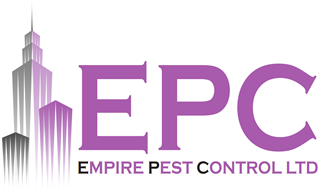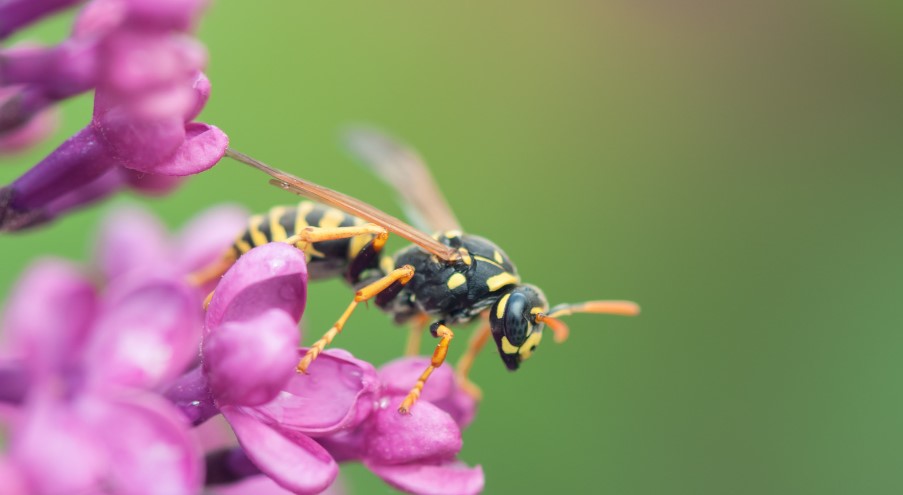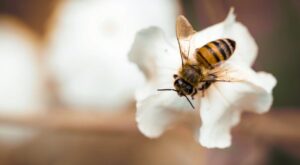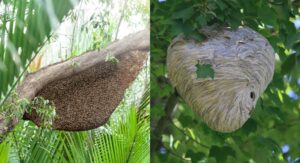As the warmer months approach, so does the return of buzzing insects to our gardens and outdoor spaces. Among these insects, honeybees and wasps are some of the most common, but they are often confused due to their similar appearance. However, understanding the differences between these two insects is essential for your safety and the environment’s well-being. In this blog, we will explore the key distinctions between honeybees and wasps, from their appearance to their behaviour and the roles they play in our ecosystem.
What is the Difference Between a Honeybee and a Wasp?
When it comes to buzzing insects, it’s easy to confuse honeybees and wasps, especially if you’re not well-versed in entomology. However, these two creatures have distinct ecosystem characteristics, behaviours, and roles. Understanding the differences between honeybees and wasps can be essential for your safety and preserving these valuable pollinators. Let’s see the difference.
Appearance
Honeybees:
- Honeybees are typically smaller and slimmer in appearance.
- They have a fuzzy body with a distinct colour pattern. Honeybees are usually brownish with black stripes, although colouration variations exist.
- Their body is covered in fine hairs that help collect pollen, giving them a somewhat furry look.
- Honeybees possess flat, wide hind legs, perfect for carrying pollen.
Wasps:
- Wasps are generally more slender and elongated compared to honeybees.
- They have smooth, shiny bodies with vibrant colouration. Common wasp colours include yellow, black, and sometimes white.
- Wasps lack the fine hairs found on honeybees, giving them a sleek appearance.
- Their legs are long and slender, which aids in capturing prey.
Behaviour
Honeybees:
- Honeybees are primarily herbivores. They feed on nectar and pollen from flowers.
- They play a crucial role in pollination, transferring pollen from one flower to another and helping plants produce fruits and seeds.
- Honeybees are not naturally aggressive and typically only sting when they feel their hive is threatened. When they do sting, they leave their stinger behind and die.
Wasps:
- Wasps are omnivores, feeding on nectar, fruit, and even other insects.
- While some wasps do participate in pollination, it is not their primary role. Instead, they are often seen as predators and scavengers.
- Sugar wasps are generally more aggressive and can sting multiple times without losing their stinger. They can be particularly territorial, defending their nests vigorously.
Nests
Honeybees:
- Honeybees live in colonies with one queen, worker bees, and drones.
- Their nests are usually constructed from wax and are often found in hollow trees, man-made beehives, or other protected locations.
- Honeybee hives can be large and complex, housing thousands of bees.
Wasps:
- Wasps also live in colonies, but their colony structure can vary by species.
- Their nests are typically constructed from chewed wood fibres mixed with saliva, creating a papery material. You’ll often find wasp nests hanging from eaves, tree branches, or underground.
- Wasp colonies tend to be smaller in size compared to honeybee colonies.
Sting
Honeybees:
- Honeybees can sting, but they are generally less aggressive than wasps.
- When a honeybee stings, it leaves its stinger in the victim’s skin, which leads to its death.
- The sting of a honeybee can be painful and cause allergic reactions in some individuals.
Wasps:
- Wasps are known for their more aggressive nature and can sting multiple times without dying.
- Their stings are often more painful than honeybee stings and can also trigger allergic reactions in susceptible individuals.
Conclusion
Honeybees and wasps may share some physical similarities, but they have distinct differences in behaviour, nests, and importance in ecosystems. Recognizing these differences is fascinating and can help you interact with these insects safely. Remember that both honeybees and wasps have their place in the natural world, contributing to the balance of our environment in their unique ways.




